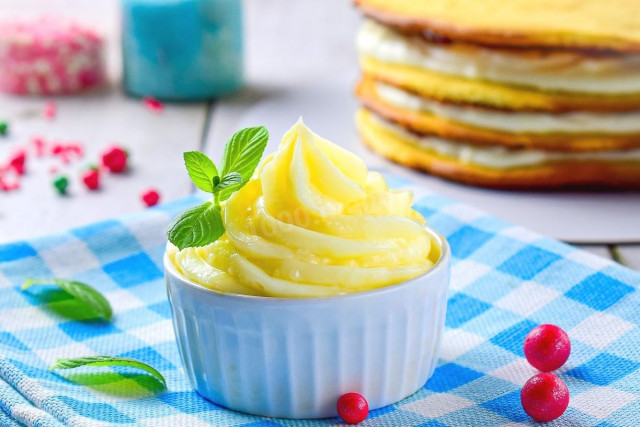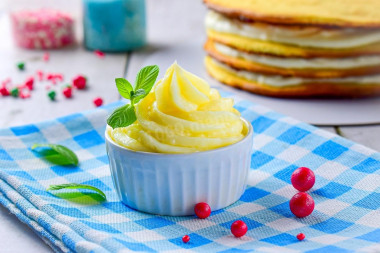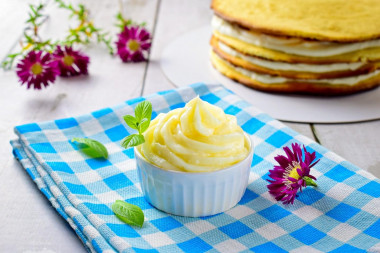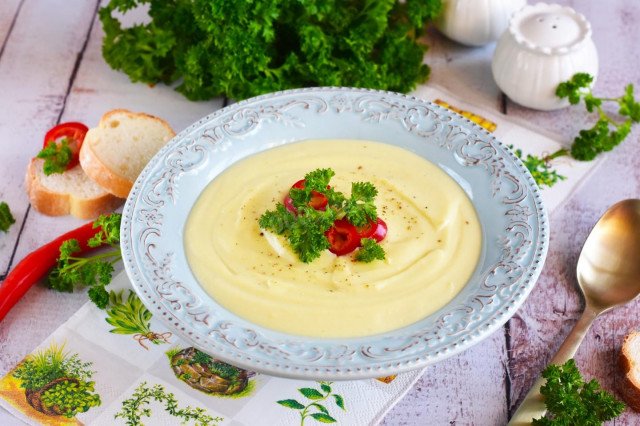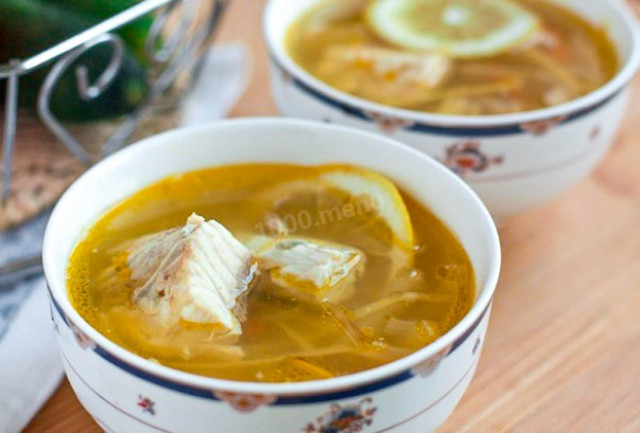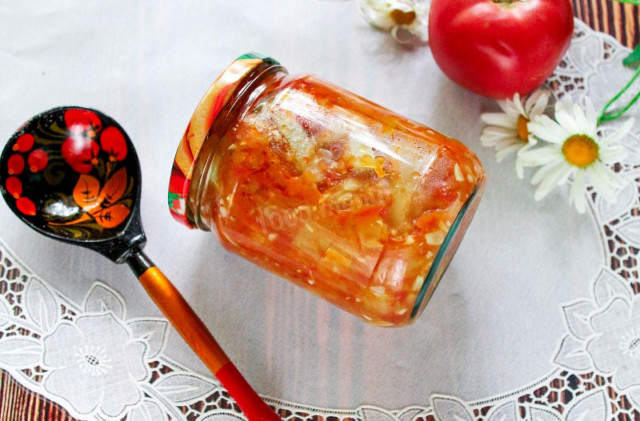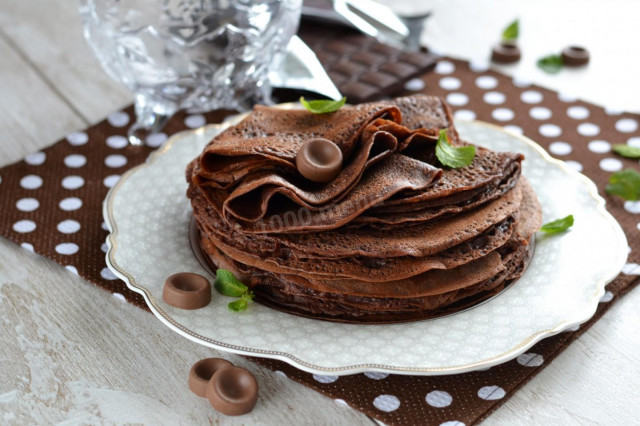Composition / ingredients
Step-by-step cooking
Step 1:
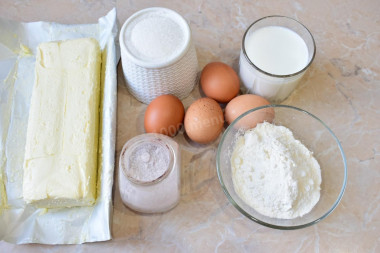
How to make custard for a cake from milk? Prepare the necessary ingredients for this. For the cream, you can use milk of any fat content. Sift the flour through a sieve so that there are no lumps in it.
Step 2:
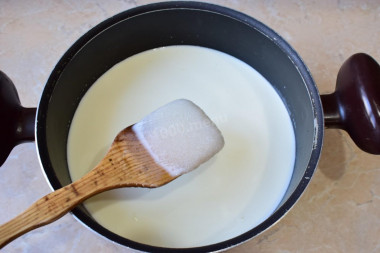
To cook the cream, take a non-stick pan. This guarantees that the cream will not burn. Pour milk into a saucepan and add sugar. Put it on the fire. Stir and bring to a boil. During heating, the sugar will completely dissolve.
Step 3:
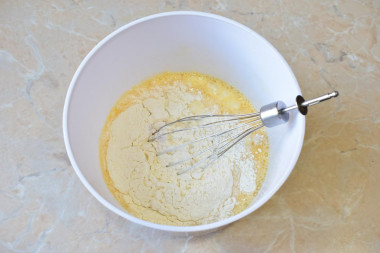
In a separate bowl, combine the eggs, flour, vanilla and a little milk from the total.
Step 4:

Mix everything until smooth, so that there are no lumps of flour in the mass.
Step 5:
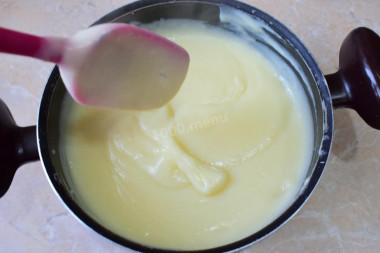
With constant stirring of the egg mass, pour hot milk into it. Then return the mixed masses to the fire and bring to a thickening. Do not forget to constantly stir the mass when heating so that nothing burns. Remove the thickened mass from the heat.
Step 6:
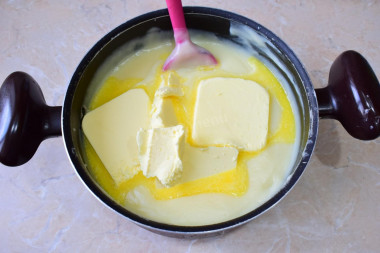
Add butter immediately. In hot cream it will melt. Mix the melted butter completely into the cream. Cover the finished cream with a lid or cling film and let it cool completely. The cooled cream will become even thicker.
Step 7:
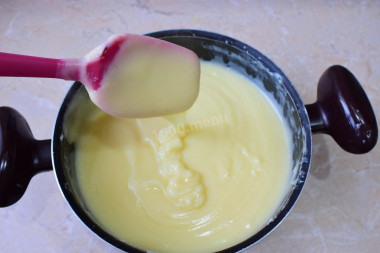
Most often, I use this cream to assemble the Napoleon cake. In it, fresh cakes are perfectly complemented by this sweet cream. If you use the cream for other purposes, then the amount of sugar can be slightly reduced. Use the ready-made cream as intended!
What is the difference between vanilla, vanillin, vanilla extract and vanilla sugar, how to apply and replace them correctly, so as not to spoil the taste of the dish , read in this article .
How do I know if an egg is fresh? Break it into a separate container. First of all, there should be no unpleasant smell. The protein of fresh eggs will be transparent and clean. The yolk should not spread and will be shiny, convex, homogeneous.
Be sure to wash the eggs before use, as even the seemingly clean shell may contain harmful bacteria. It is best to use food detergents and a brush.
Caloric content of the products possible in the composition of the dish
- Whole cow's milk - 68 kcal/100g
- Milk 3.5% fat content - 64 kcal/100g
- Milk 3.2% fat content - 60 kcal/100g
- Milk 1.5% fat content - 47 kcal/100g
- Concentrated milk 7.5% fat content - 140 kcal/100g
- Milk 2.5% fat content - 54 kcal/100g
- Chicken egg - 157 kcal/100g
- Egg white - 45 kcal/100g
- Egg powder - 542 kcal/100g
- Egg yolk - 352 kcal/100g
- Ostrich egg - 118 kcal/100g
- Whole durum wheat flour fortified - 333 kcal/100g
- Whole durum wheat flour universal - 364 kcal/100g
- Flour krupchatka - 348 kcal/100g
- Flour - 325 kcal/100g
- Granulated sugar - 398 kcal/100g
- Sugar - 398 kcal/100g
- Butter 82% - 734 kcal/100g
- Amateur unsalted butter - 709 kcal/100g
- Unsalted peasant butter - 661 kcal/100g
- Peasant salted butter - 652 kcal/100g
- Melted butter - 869 kcal/100g
- Vanillin - 288 kcal/100g

